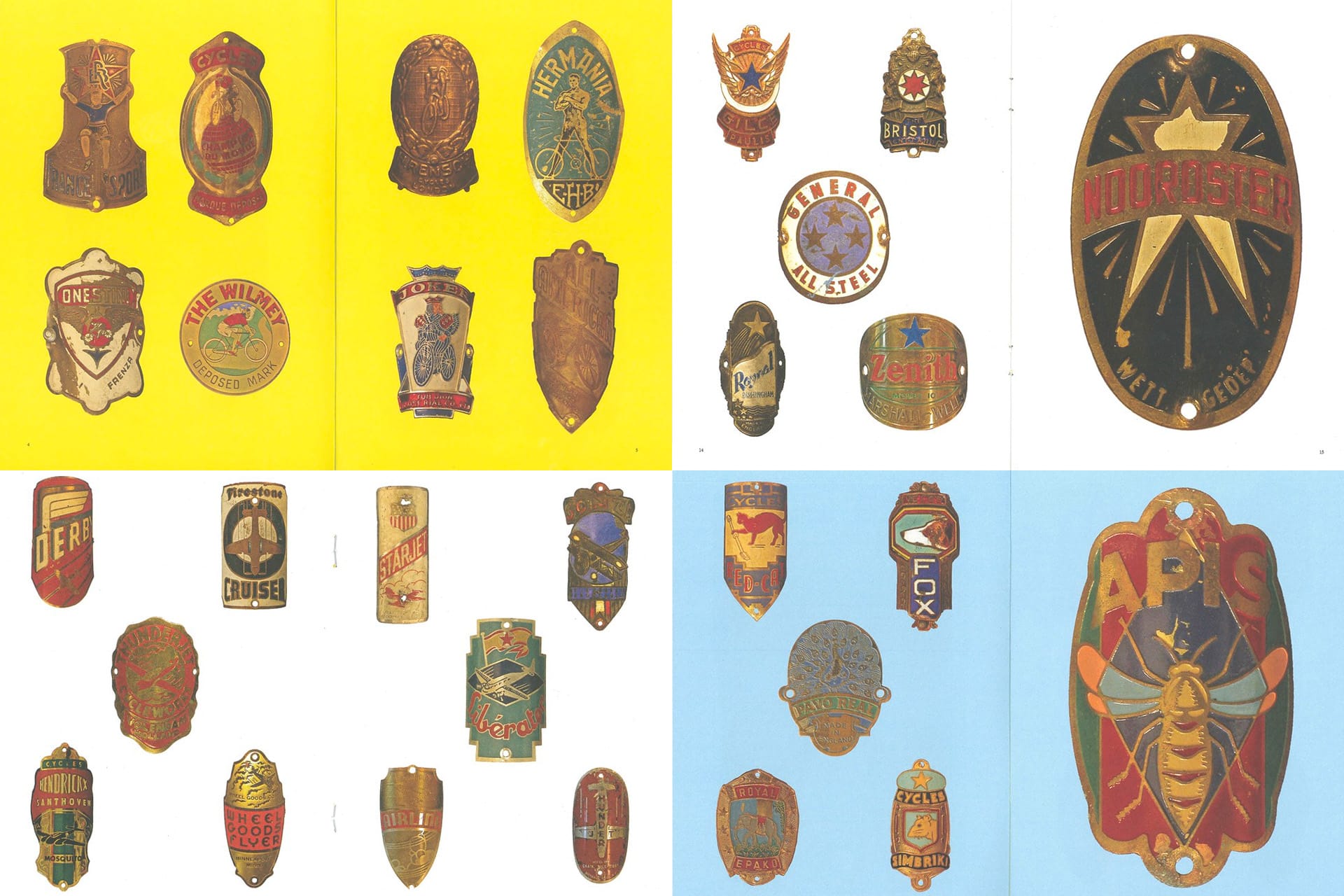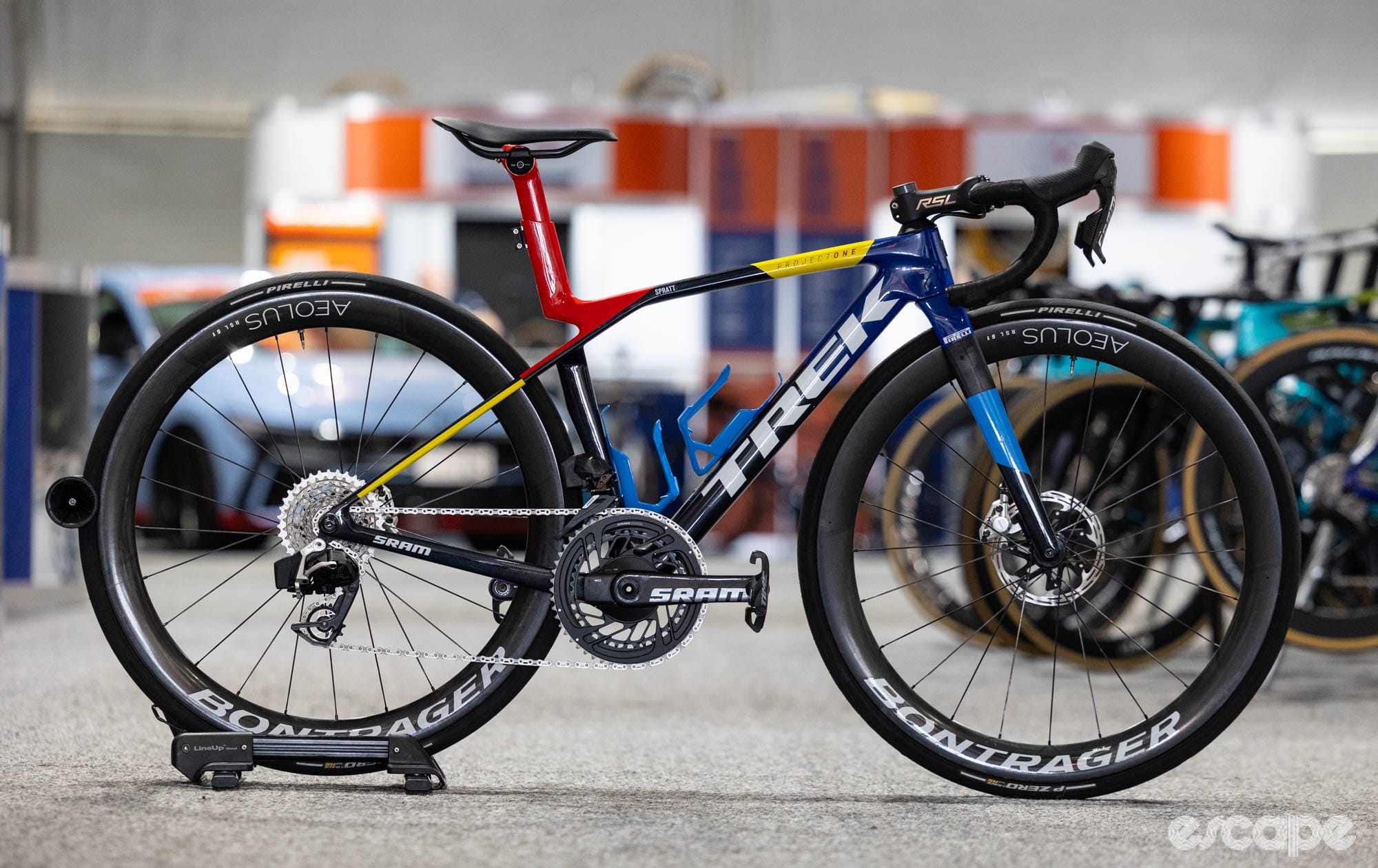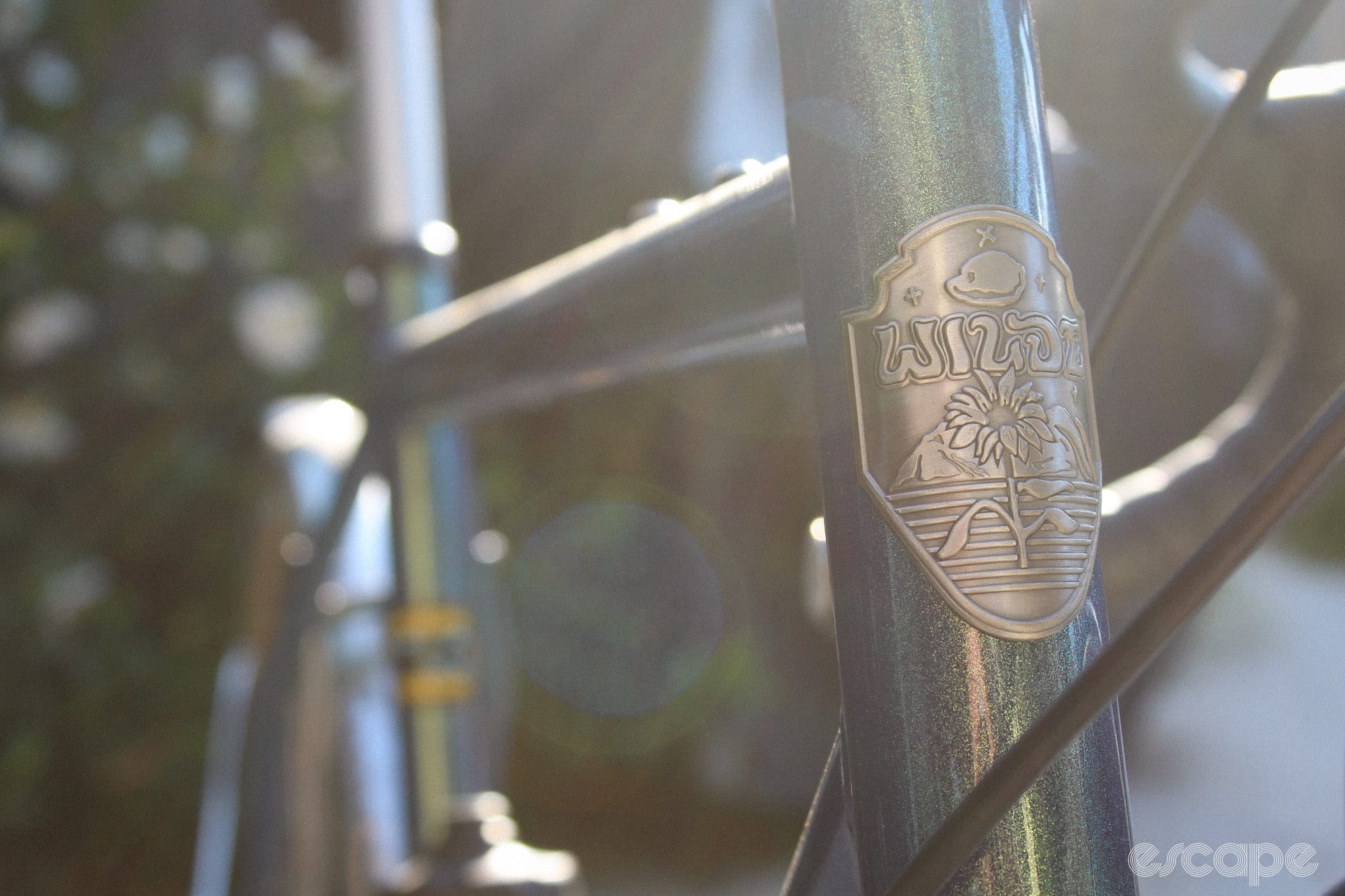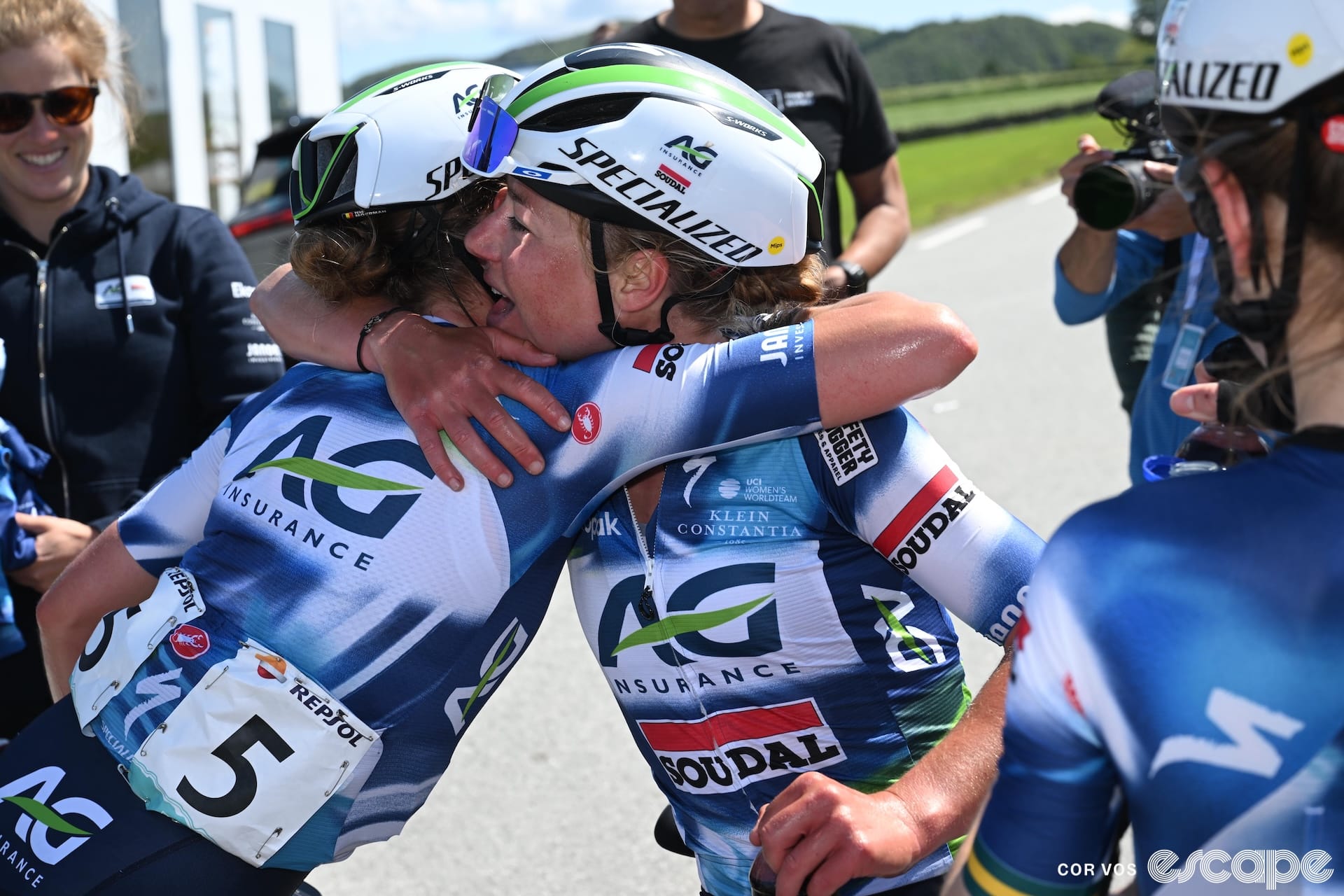Every so often you’ll come across a bike and see something glinting on the front of the head tube: a shiny badge, catching the sun and standing out against the frame like a little piece of bicycle jewellery. Headbadges are an eye-catching and attractive branding device, a way of transmitting the visual identity of a brand – a simple logo, perhaps, or a heritage-rich nod to the past.
But while their use was once widespread, in 2025 they have almost completely fallen from favour among the bigger names in road cycling; even among European brands with a history stretching back for a century, the physical headbadge has been abandoned in favour of paint or decals.
All of which sparks a small question – why? – immediately followed by a bigger one: where did all the headbadges go?
The headbadge has a long history, stretching back to the late 1800s, where they were introduced as a way of differentiating brands in the then-booming bicycle market. Initially modest designs became increasingly elaborate, pressed from brass and copper or acid-etched. Some of them were left as bare metal; others were delicately enamel-painted. These were then carefully mounted on the front of the head tube, giving the bicycle its final flourish.

Their appeal was greater than just a piece of branding: their presence commanded attention, and they were representative of the craft and care with which the bicycles were built. But by the 1970s and 1980s, the headbadge was in decline, and the bicycle industry as a whole began to shift further towards mass-production. Efficiencies in manufacturing slowly supplanted idiosyncratic flair; by the 1990s, the use of carbon fibre was becoming widespread and the addition of a metal headbadge began to feel like a bit of an anachronism.
Jeffrey Conner, an American academic and headbadge enthusiast, has collected several thousand of them over the years, and even put together a book cataloguing them. For him, the appeal of them is clear: "I am no artist, but I love the fact that headbadges were so often a little piece of art attached to a bike," he told me. "They reflect styles of the time and place the bikes were from; different countries have very different headbadge styles. I am also drawn to the diversity of themes depicted, especially nature, mythology, the sky, transportation, and of course wheels — my favorite is the winged wheel, a very common theme around 1900."
Despite a heady heyday, however, headbadges are a declining object, steadily dropping out of prominence; by the 2020s, they were virtually extinct at the pinnacle of road cycling. Bianchi was one notable hold-out – which just feels right, given the Italian brand’s long and rich history – but a few years ago, around the time the brand decided it was time to forsake aesthetics, the physical headbadge was quietly discontinued in favour of a decal. By 2025 the current state of play is this: just one brand (Trek) with a headbadge racing at the WorldTour level.

Why? I asked a few prominent brands – including Trek, Giant, and Cannondale – for their thoughts, as well as some historical perspective.
Did we do a good job with this story?



